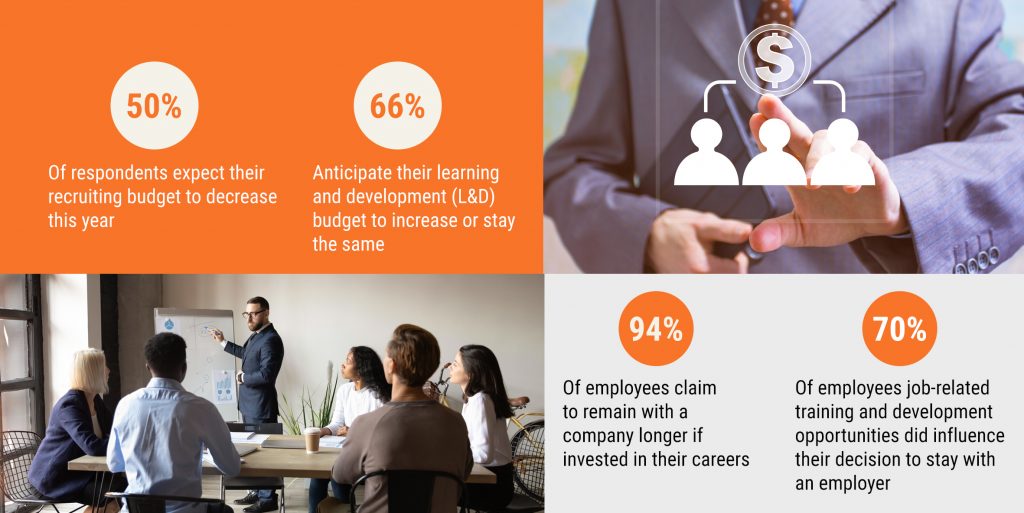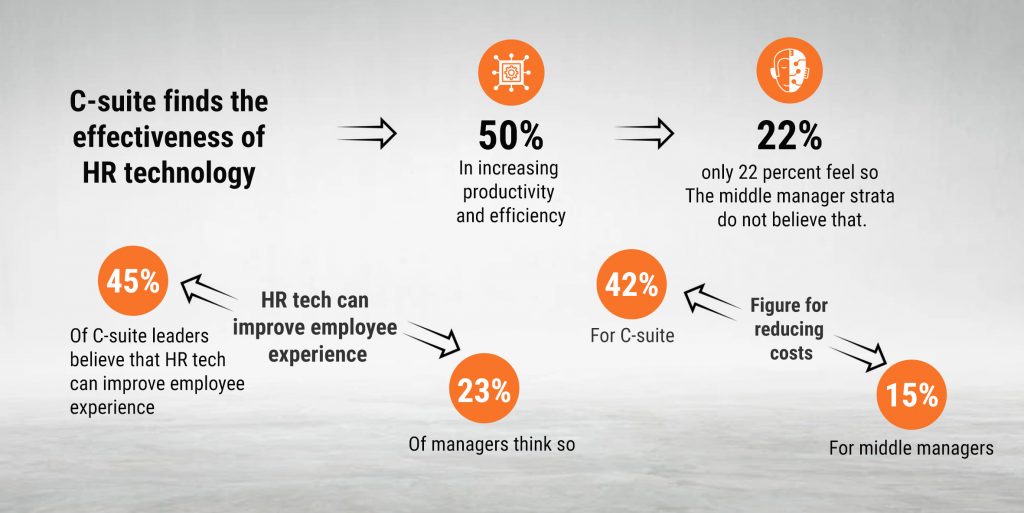Training and development are essential components of any HR function. Without these areas, it would be impossible for the HR function to maintain relevance, fit, quality, and satisfaction of its talent pool. Training and development are crucial to fulfilling the needs of an organization’s strategy and business-function goals in a successful way. While training caters to specific skill-level requirements, development is a broader intervention that covers the long-term grooming and evolution of a candidate. It can also include succession planning and internal mobility needs. Training can be about correction, specific outcomes, time-bound and temporary requirements. But development is more strategic, continuous, cohesive, long-haul, and overarching in nature. There are many types of training and development. They can be:
- Induction-based
- Technical skill development
- Soft skill training
- Hard skill training
- Quality training
- Leadership training
- Wellness training
- Simulation
- Role-plays
- On-the-job training
- Shadowing
Gain with Training and Development
The importance of training and development is multi-fold. Just look at what 1,500 talent acquisition professionals from 28 countries identified in a recent LinkedIn survey.

This is an area where HR teams can ensure that all talent needs of an enterprise are being catered to in a timely, effective way. It also helps to leverage the best out of hiring decisions. It is where HR can achieve many domino effects on productivity, talent optimization, talent utilization, employee engagement, motivation, appraisal support, and overall positive culture.
Challenges and Solutions
HR is always striving to make training and development programs better and more effective. But it also wrestles with a host of barriers:
- Lack of employee interest
- Lack of enough downtime
- Geographical boundaries
- Lack of enough budgets
- Inability to personalize at scale and hence ineffective training programs
- Poor module planning
- Siloes between teams with actual needs and training/development teams
- Gaps in execution, engagement, and immersion
Role of Technology
A lot of these impediments can be cruised well by using a suitable technology solution like Oto_Qualify which can bring:
- The power of AI for accuracy and fairness in deployment
- Enhancing right-fit talent
- Aligning people strategy with broader business strategy
- Reducing guesswork
- Evaluating candidates across various domains and skills for identifying training and development needs
- Fast and effective assessments with secure, and live, intelligent remote proctoring, customized approach, and automation
- Ability to execute for remote and virtual workforces
- Use of intuitive and real-time performance analytics for robust evaluation of training effectiveness
- Domain-specific assessments powered with video, gamification, and personalization. Yes, it has been indicated by Gartner also that applying gamification to learning programs boosts learner engagement by 60 percent
Technology can be a powerful catalyst, but it still has to pervade the industry to the right levels and evoke the right confidence. If we look at the PWC HR Technology Leadership Survey 2020, we can see a disturbing dichotomy.

The explanation for this gap lies somewhere in the way technology is chosen and implemented. Start approaching the use of technology in an end-to-end and pragmatic way. Look for features and partners that understand the realities and challenges of HR.
Train yourself better on using HR tech. It is not an add-on but a core skill.
- Embracing Agility and Inclusion: The Power of a Skills-First Approach in Talent Management - August 14, 2023
- How to Reduce Time to Proficiency and Measure Onboarding Effectiveness - August 10, 2023
- Unleashing the Power of AI: Transforming Learning and Development in Your Organization - August 1, 2023

